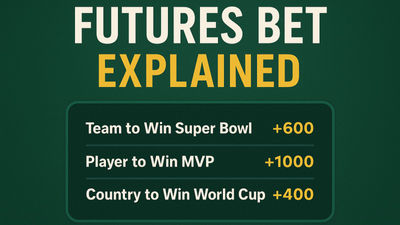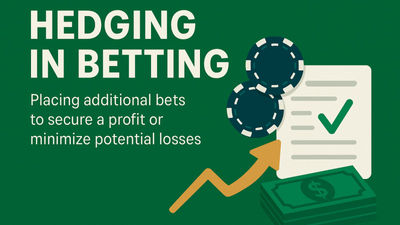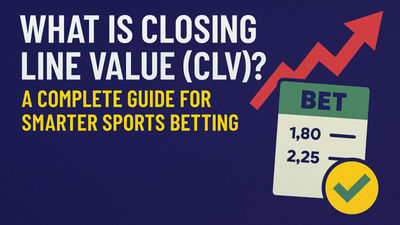What is a Betting Line?
In sports betting, a betting line refers to the odds and point spread set by sportsbooks that determine the payout and likely outcome of a bet. It helps create a balanced betting market and provides a clear indicator of which team is favored to win and by how much.
Whether you're new to sports betting or trying to decode a betting slip, understanding the betting line is essential.
Why is the Betting Line Important?
The betting line does three key things:
Levels the playing field between teams of different strengths.
Guides bettors in deciding which team or outcome to wager on.
Determines payouts based on odds and line movement.
Types of Betting Lines (with Examples)
When learning how a betting line works, it’s helpful to understand how odds are presented in online sports betting, with many examples in news and analysis referencing current lines per BetUS. Let’s explore the most common types of betting lines you’ll come across:
1. Point Spread
A point spread evens out the chances of both teams winning a bet.
Example:
Kansas City Chiefs -7
Denver Broncos +7
Chiefs must win by more than 7 points for a bet on them to win.
Broncos can lose by less than 7 or win outright, and a bet on them wins.
2. Moneyline
The moneyline is a straightforward bet on who will win the game—no spread involved.
Example:
New York Yankees -150
Boston Red Sox +130
Yankees are favorites; a $150 bet wins $100.
The Red Sox are underdogs; a $100 bet wins $130.
Read here in detail How does moneyline work in betting
3. Over/Under (Totals)
This line allows you to bet on the combined score of both teams.
Example:
Over/Under 44.5
Bet Over if you think both teams will score 45 or more.
Bet Under if you think the total score will be 44 or less.
How to Read a Betting Line
Here’s a breakdown:
Favorites have a minus sign (-) and require betting more to win less.
Underdogs have a plus sign (+) and offer higher returns for riskier bets.
The line moves depending on public opinion, injuries, and betting action.
Real-Life Betting Line Example
Let’s look at an NFL betting line:
Match: Dallas Cowboys vs. Philadelphia Eagles
Point Spread: Cowboys -3.5
Moneyline: Cowboys -160, Eagles +140
Over/Under: 47.5
Cowboys must win by 4 or more to cover the spread.
A bet on Cowboys' moneyline pays less because they are favored.
A bet on Over 47.5 wins if both teams score 48 or more points.
What Causes a Betting Line to Move?
Betting lines shift due to:
Injuries
Weather conditions
Public betting trends
Expert predictions
Sharps (professional bettors) placing big bets
Betting Line Explained Simply
A betting line is the foundation of sports wagering. It includes the odds, point spreads, and totals that help bettors make informed decisions. Whether you’re betting on football, basketball, or any other sport, knowing how to read the betting line gives you a major advantage.
FAQs About Betting Lines
Q: What does +200 mean in betting?
A: A $100 bet wins $200 if successful.
Q: What does -110 mean on a betting line?
A: It means you must bet $110 to win $100—this includes the sportsbook's commission or "vig."
Q: What does it mean if the betting line is a pick'em?
A: A "pick'em" game means there is no favorite or underdog—both teams are considered evenly matched.
Q: Is a higher or lower line better?
A: It depends on your strategy—underdogs give higher returns but come with more risk.
Q: Can betting lines be wrong?
📘 New to betting?
















